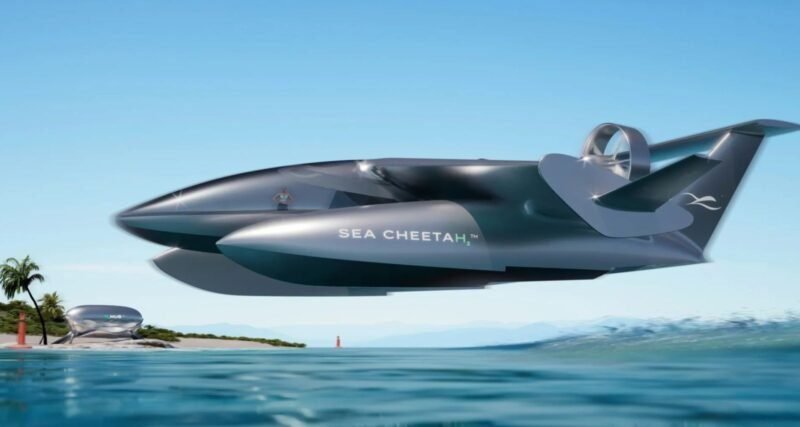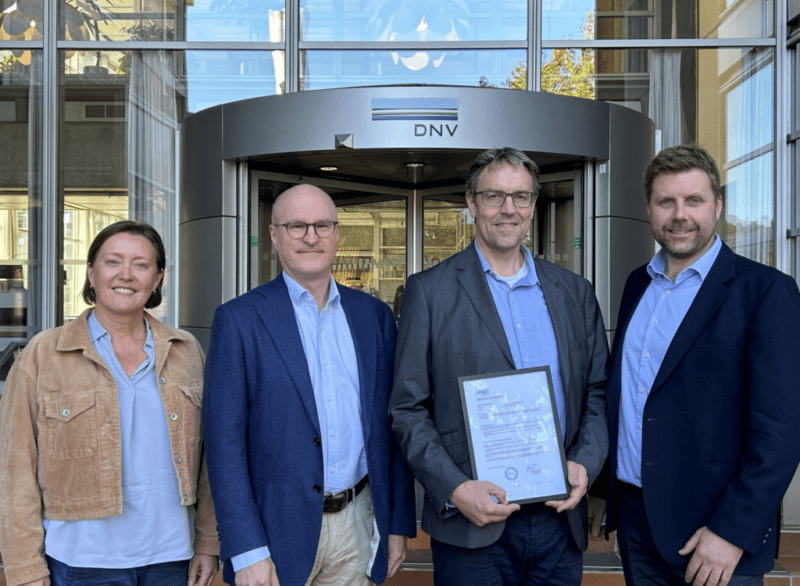The Sea Cheetah, a hydrogen-powered flying vessel developed by Miami-based startup Sea Cheetah, aims to revolutionize travel with fast, zero-emission capabilities. Utilizing the ground effect technology, the craft generates additional lift by flying at low altitudes over water, potentially increasing range while reducing energy consumption. Powered by hydrogen-fueled electric engines, the Sea Cheetah is designed to carry passengers or cargo, with hydrogen generated locally on H2Hub platforms. Its unique regulatory classification as a ship in the United States allows for a quicker commercial rollout compared to traditional aircraft.
The Sea Cheetah’s design features a large wing optimized for the ground effect, equipped with winglets for stability and aerodynamics. Two electric engines on the wing’s upper side are streamlined to enhance performance, while voluminous modules below serve as floats and storage tanks for hydrogen. However, technical challenges such as swell disruptions and integration into maritime traffic remain to be addressed. Safety concerns, including high speed and difficulty stopping quickly, require advanced collision-avoidance systems and adherence to maritime navigation rules.
Despite facing challenges, the Sea Cheetah is not the only player in the zero-emission transport market. Competitors like the Viceroy Seaglider are also developing ground effect aircraft with functional prototypes. The ground effect phenomenon, occurring when a flying craft operates close to the Earth’s surface, compresses air beneath the wings to increase lift and reduce drag. This results in improved energy efficiency, allowing for greater distance travel with less fuel consumption compared to traditional aircraft flying at higher altitudes.







